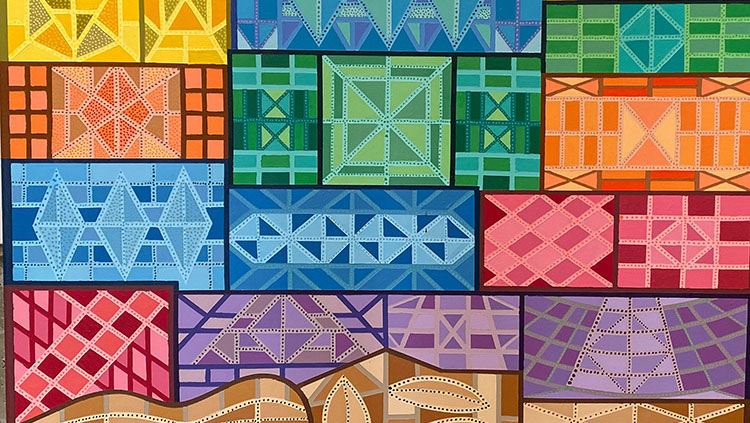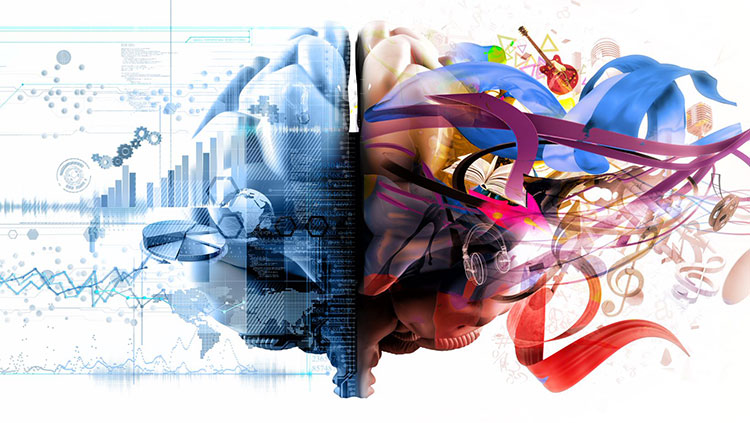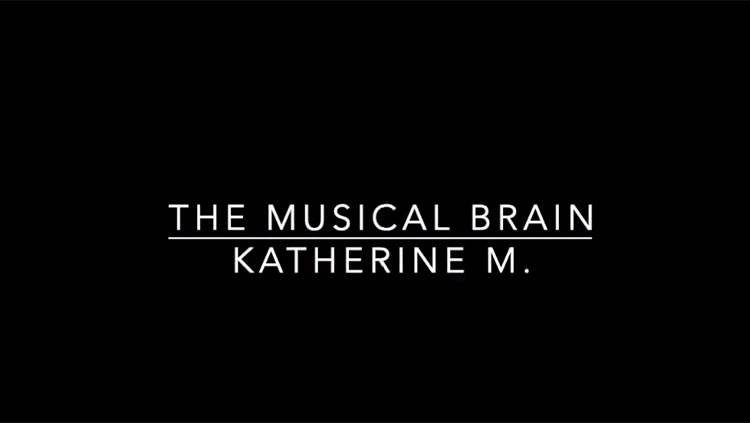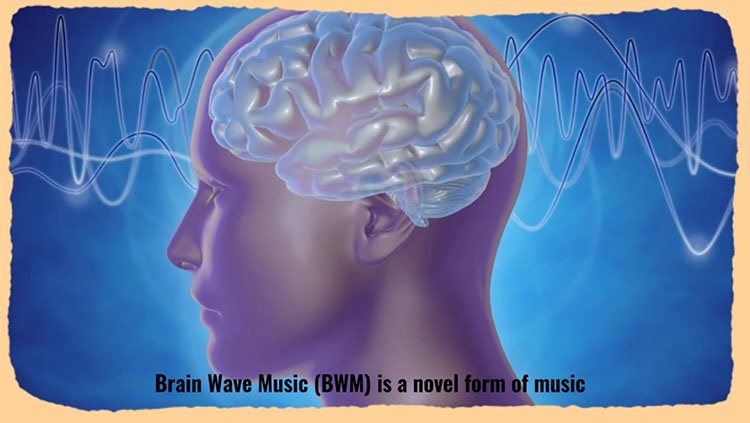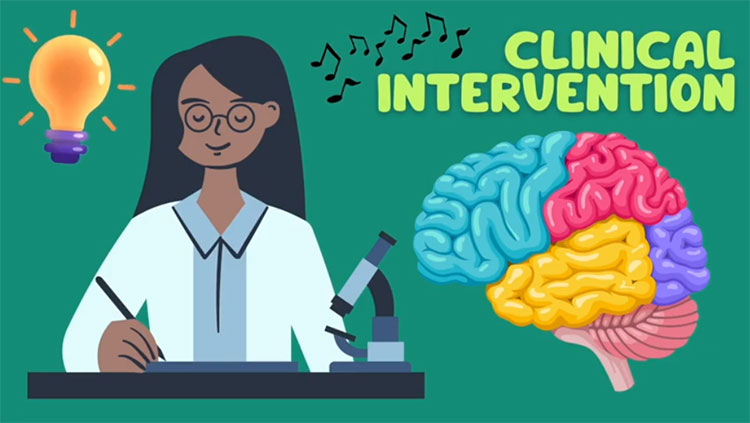The 'Right-Brained' Myth
- Published13 Sep 2018
- Reviewed13 Sep 2018
- Source BrainFacts/SfN
Traditionally, it is believed that creative individuals use more of the right hemisphere of their brains while expressing themselves through their creative outlet. This video shows how this belief came to be and why it is a myth. It also covers studies showing activity in both hemispheres of creative individuals' brains during dance and art, and discusses what makes the brains of creative people special.
This video is from the 2018 Brain Awareness Video Contest.
CONTENT PROVIDED BY
BrainFacts/SfN
Transcript
It is well known that there are various types of creativity. Common examples include dancing, drawing, fashion designing and music production. For no particular reason and simply out of a random decision, let's take a closer look at dancing.
This is Rie Hata, a choreographer and dancer from Japan showing some cool dance moves. Take a guess as to which part of her brain that you think she's using in this moment. Let me guess, you may have said she is using the right side of her brain or that she is 'right brained'.
This is absolutely viable as it is well known that those who are more creative, artistic and intuitive are known as right-brained while those who tend to be more analytic, logical, mathematical are known as left brained. This notion originated from extensive research conducted in the 1950s on patients with severe epilepsy. In an attempt to reduce their seizures, fibres connecting the two hemispheres of their brain were cut.
At first, post-surgery, there seemed to be no effect on their daily functioning. However, a more in-depth observation revealed that the left and right hemispheres processed information completely different from each other; almost like two separate systems. From these studies, the notion of 'right-brained' and 'left-brained' individuals was born with more chracteristics being added to each side of the brain over decades.
But should I let you in on a little secret? It's all a myth! Here's how we know why... There are various studies that demonstrate that creative individuals do not only use the right side of their brain. For instance, in the case of a dancer like Rie Hata, research conducted by Cruz-Garza and his colleagues show that dancers exhibited brain activation in the premotor cortex, motor cortex and parietal regions in not only the right side of their brains, but also in the left side of their brains during dance performances. Surprising, right? Let's take another random example and look at art.
A study by Ellamail and her colleagues showed that while art students designed book cover illustrations, brain activation was found in their bilateral inferior parietal lobule, bilateral premotor area, bilateral cerebellum, medial prefrontal cortex, bilateral rostro... I could go on and on and on about the different brain areas that are evidently not only activated in the right hemisphere of the brains of creative individuals to prove my point; but, I think you get the idea.
Hence, considering this, is there really anything that makes the brains of creative individual special? Well, according to a recent study by Durante and Dunson, what makes the brains of creative individuals special is ironically due to the significant neural connections between the left and right hemispheres of their brains. Yes, rather than the work of one, it is the work of the connection between two parts of the brain.
Now that we know all this information, surely this myth will die, right? Not a chance! At this point the myth is far too powerful to be debunked. It is everywhere, literally. But at the very least, you now know the idea that a creative individual only uses the right hemisphere of their brain or that they are right-brained is just a myth; and in fact a much more complicated situation than initially imagined.
So the next time you see someone dancing, drawing, telling a story, designing or even performing, you know that they're not right-brained. They just have more neural connections between their left and right brains.


